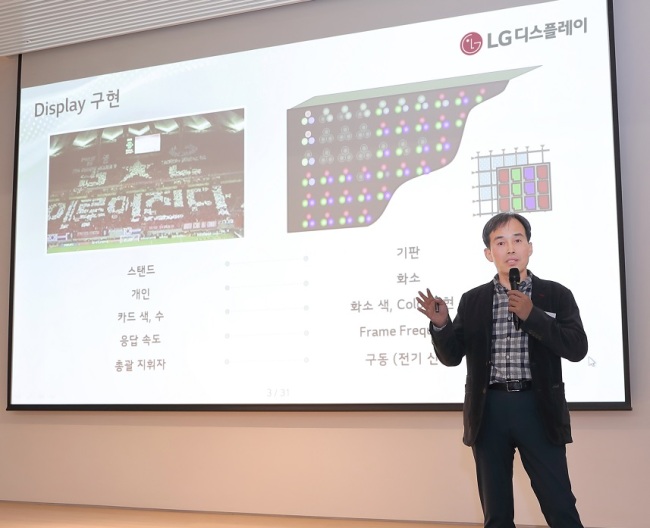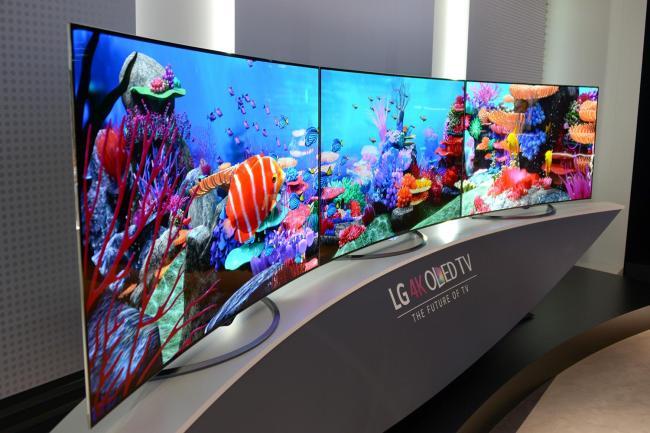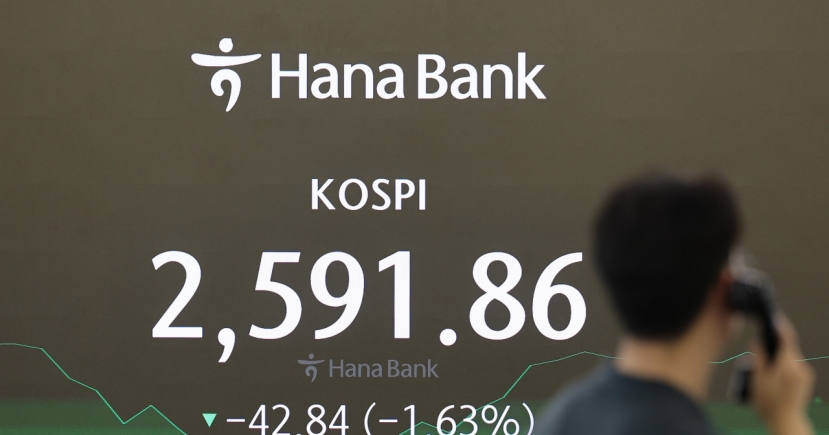LG
OLED will go mainstream and surpass LCD displays: LGD CTO
Since 2012, leading TV makers, including LG Electronics, have been striving to expand the market for OLED TVs. However, because of the high price tag, among other reasons, the high-end TVs have not been able to enter the mass market. In addition, the high-end TV segment has still remained a stronghold for LCD-based TVs, which have relative price competiveness compared to OLED counterparts.
Despite this, LG Display, a large-size OLED display powerhouse, said OLED TVs will soon go mainstream with more companies jumping on the bandwagon.
 |
LG Display CTO Kang In-byung speaks in a press conference at the company’s Magok R&D center, located in western Seoul, on Feb. 27. (LGD) |
“With the 8K TV era on our doorstep, OLED technology, which can control all the 33 million pixels of the display, has a competitive edge over other types of displays,” said LGD Chief Technology Officer Kang In-byoung in a press conference at the company’s Magok R&D center, located in western Seoul, on Feb. 27.
An 8K display has around four times more pixels than a 4K that has some 8.3 million pixels installed on its surface, meaning it is four times clearer and crisper.
Since each OLED pixel can light up on its own upon receiving an electrical current, the panel does not require backlights to produce colors, which enables TVs to deliver deeper blacks.
On the other hand, LCD displays, whose pixels are not self-luminous, need lights behind the panels, which make it difficult to produce darker blacks.
An OLED display, which is light, thin and pliable, can be applied to rollable and foldable products as well.
The CTO said LGD has foldable, rollable and transparent display technologies ready to be commercialized, and its foldable display technology for mobile devices does not lag behind those showcased recently by its rivals.
Although the company has showcased its rollable and transparent displays at different events, it has been shy of showing off foldable OLED displays for smartphones so far while its rivals Samsung Display and BOE have competitively flaunted their own foldable products.
Seeing the potential of OLEDs, major display makers and TV manufacturers have started to turn their eyes, slowly but steadily, toward OLEDs. Among them are Sony, Toshiba, Panasonic, Philips and Loewe. In the Japanese high-end TV sector, in particular, OLED TVs held an 82 percent market share in 2018, according to LGD.
Even tech giant Samsung Electronics, which currently focuses on LCD TVs fitted with semiconductor nanocrystal, or quantum dot, films, is expected to join the OLED trend.
 |
After launching an OLED TV in 2012, the tech giant halted the OLED TV production due to low yields and high prices. Samsung Display, a subsidiary of the tech firm, however, recently set out a plan to produce prototypes of OLED TV displays featuring quantum dot films at it manufacturing plant in Asan, South Chungcheong Province, according to sources.
After a series of test runs next year, the electronics firm will likely resume its OLED-based TV production in 2021.
Accelerating the OLED momentum, LGD will ramp up its production. From the third quarter this year, the company will roll out 60,000 OLED panels per month at its manufacturing lines in Guangzhou, China, increasing its total OLED production volume to 130,000.
The display manufacturer, which runs OLED factories in Paju, plans to sell 4 million panels this year, up from 2.9 million in 2018.
By Kim Young-won (wone0102@heraldcorp.com)








